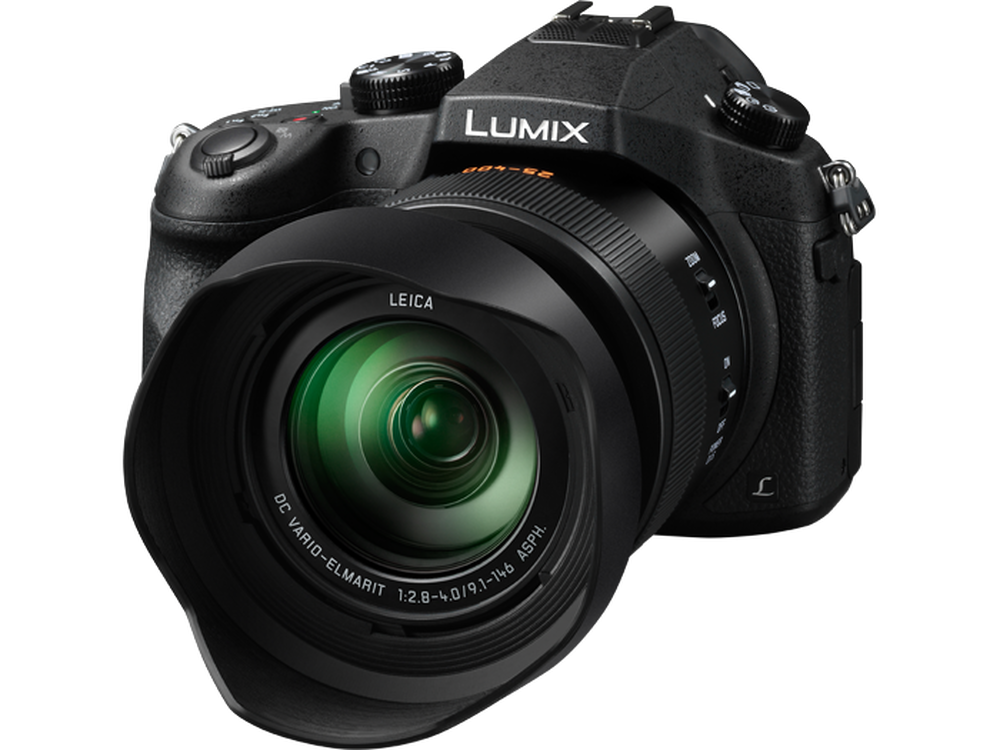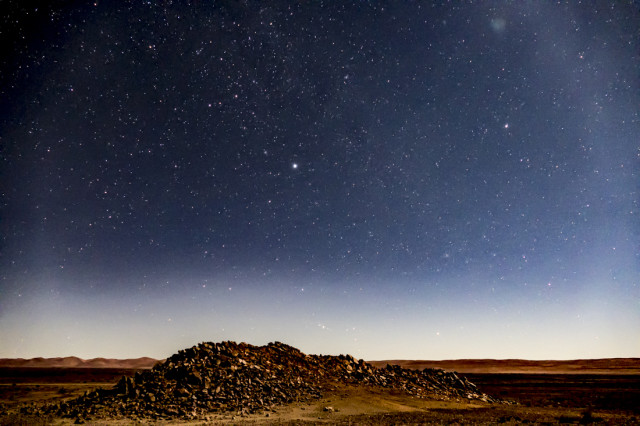Recently my wife, Susie, and I were leading a safari to Namibia for our company, International Wildlife Adventures, and we realized we should have one more camera and lens system as a backup in case some of our Canon equipment got eaten by a lion, or something similar. You never know.
After a lot of research, I settled on Panasonic’s Lumix FZ1000 with a Leica lens whose 35mm full-frame equivalent was 25 – 400mm. It was a compelling choice when compared to others in the growing field of mirrorless cameras with non-interchangeable lenses.
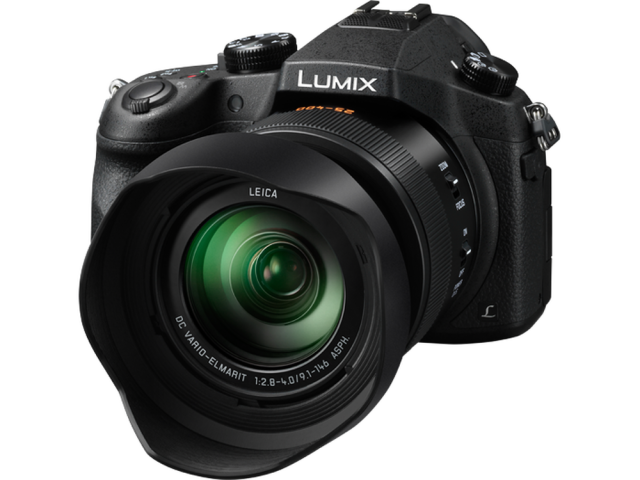
Although this isn’t intended to be an exhaustive tech review, here are a few of the specs from Panasonic:
- Experience the ultimate in 4K QFHD/HD hybrid photography
- 4K QFHD 30p video with hybrid 8MP post capture
- Large 1-inch 20.1MP MOS sensor for amazing defocus control
- Bright Leica DC Lens 25-400mm F2.8-4.0
- Super-fast LUMIX DFD focusing technology
- Integrated smartphone WiFi for remote imaging control
So how did I like it?
Well, let’s put it this way: I never touched my Canon 5D MKII or 7D, nor any of my Canon lenses on the entire trip. I shot with this camera alone, and couldn’t have been happier. Well OK, so it was a new camera and begged to be tried out. But there was little driving me back to my old standby since this did everything they did and a whole lot more.
So what did I like?
Panasonic Lumix FZ1000 Ergonomics
First off, the size and weight. It’s just under 2 pound (1.8 to be exact) and 5.39 x 3.88 x 5.15 inches, roughly 2/3 the size of a full-sized Canon or Nikon SLR. And, with the 25-400mm equivalent lens, the weight and size difference are even greater when a telephoto is used.
Size and weight aren’t trivial. As travel restriction on airlines become more draconian, having what amounts to an entire 25 pound backpack of camera gear reduced to a small unit that fits in your hand.
Longtime users of SLRs will find the overall feel of the FZ1000 to be very similar, which minimizes the learning curve in the field.
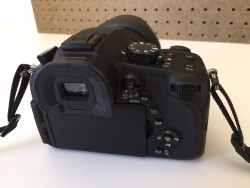 Like its big SLR siblings, the FZ1000’s button controls can be configured to your shooting preferences. I set all my cameras to focus and set exposure whenever I push the AF/AE Lock button instead of the default way which is by pressing the shutter release button halfway. This allows you to lock focus and exposure by briefly pressing this rear button with your thumb, then releasing it, which locks the focus and exposure. By pressing and holding the rear button, you can activate follow focus on moving objects.
Like its big SLR siblings, the FZ1000’s button controls can be configured to your shooting preferences. I set all my cameras to focus and set exposure whenever I push the AF/AE Lock button instead of the default way which is by pressing the shutter release button halfway. This allows you to lock focus and exposure by briefly pressing this rear button with your thumb, then releasing it, which locks the focus and exposure. By pressing and holding the rear button, you can activate follow focus on moving objects.
Zooming can be either manual or electronic via a lever ring on the shutter button. The amount that you push on the lever also controls the speed of the zoom, which is useful for video. More on that later.
Lumix FZ1000 Optics and Imaging
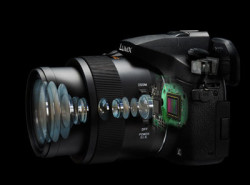 My first ‘real’ camera was a Leica M2 and I’ve been a serious fan of Leica’s lenses ever since. They are some of the best glass out there, and Leitz has teamed up with Panasonic to produce a number of cameras and lenses that are more affordable than the ones made in Germany. As a matter of fact, this exact camera is available with the Leica branding, but for several hundred dollars more than the Lumix brand.
My first ‘real’ camera was a Leica M2 and I’ve been a serious fan of Leica’s lenses ever since. They are some of the best glass out there, and Leitz has teamed up with Panasonic to produce a number of cameras and lenses that are more affordable than the ones made in Germany. As a matter of fact, this exact camera is available with the Leica branding, but for several hundred dollars more than the Lumix brand.
The Leica DC Vario-Elmarit 16x optical zoom, while not terribly fast (Still Image: F2.8 – 8.0 (W), F4.0 – 8.0 (T), Motion Picture: F2.8 – 11.0 (W), F4.0 – 11.0 (T)), produces outstanding images that compare favorably with Canon’s 100-400mm zoom which has been one of my standbys for year.
The 20.1 1-inch MOS sensor has a sensitivity range of 125 – 12,800 ISO, giving plenty of flexibility for all sorts of shooting conditions. I would prefer a slightly larger sensor, but that would be at the cost of a bigger camera and lens. This one works just fine. Rumor has it that it is a Sony sensor.
One thing that helps low-light work is the very excellent image stabilization – Panasonic calls it “5-axis stabilization”. Whatever you call it, it works much better overall than the ones on my Canon lenses, allowing for handheld shots at very low shutter speeds.
The viewfinder is a XGA OLED electronic viewfinder with 2.36M dots. It’s bright, good resolution and unlike the optical viewfinder on most SLRs, it allows the photographer to see the potential picture even in very low-light situations. The camera has a 3-inch fully-articulated LCD with 920K dots that folds into the back of the camera when not in use and swivels to almost any position.
Additional Notable Features on the FZ1000
In recent years, camera phones have outstripped traditional SLRs in some pretty neat capabilities, one thing that has driven their popularity: panoramics, high-dynamic range (HDR), immediate wifi uploads to the web, Facebook, Instagram, etc. Now more and more pro and semipro level cameras, including this one, are adding these features.
Now panoramic are almost as easy to do on the FZ1000 as on a smartphone. You simply set it in the proper mode, and hold the shutter button down while panning left to right (or revers). It will take up to 50 photos and combine them in camera into one long, very high-resolution shot. The file is stored as a JPEG.
HDR is just as easy: enter the HDR mode and it will take several shots, over, under and normal exposures and combine them into one, giving much more detail in the shadows and highlights than a normal-shot photo, and more akin to what the human eye sees.
The FZ1000 can be set up as a wifi hotspot to which you can couple your smartphone, tablet or laptop to and transfer the photo to it for uploading to the web.
One last feature I found to be a great inclusion is the automatic taking of a dark frame when doing time exposures of night skies. It’s not widely known that digital SLRs create noise in the image when the chip is exposed for several seconds. In traditional DSLRs, it’s advisable to snap off a completely dark frame (by covering the lens with you lens cap) at the time of your night shooting. This allows the camera to record some of the noise pattern which then can be combined and ‘subtracted’ from the desired image in Photoshop. This lengthy process is now unnecessary with the Lumix FZ1000 – when you shoot long exposures at night, you have the option for the camera to automatically take a dark frame and do the subtraction in-camera.
Conclusion
The bottom line is that Panasonic’s Lumix FZ1000 offers most of the quality of traditional digital SLRs and many of the features they don’t. You’ll save enormous amounts in weight, size and clutter. Did I mention money? That’s a big one too. A traditional SLR system that matches the capability of this unit can easily set you back $10,000. The Lumix FZ1000 is available for only $700 – $800!
Whether you need a backup camera for your trips or simply want to revel in the freedom of traveling light, take a really close look at the FZ1000!
I purposely haven’t mentioned the FZ1000’s stunning video capabilities. I’ll do that in the next post.
We’ll be leading another trip to Namibia next spring. Check it out and join us if you can!
